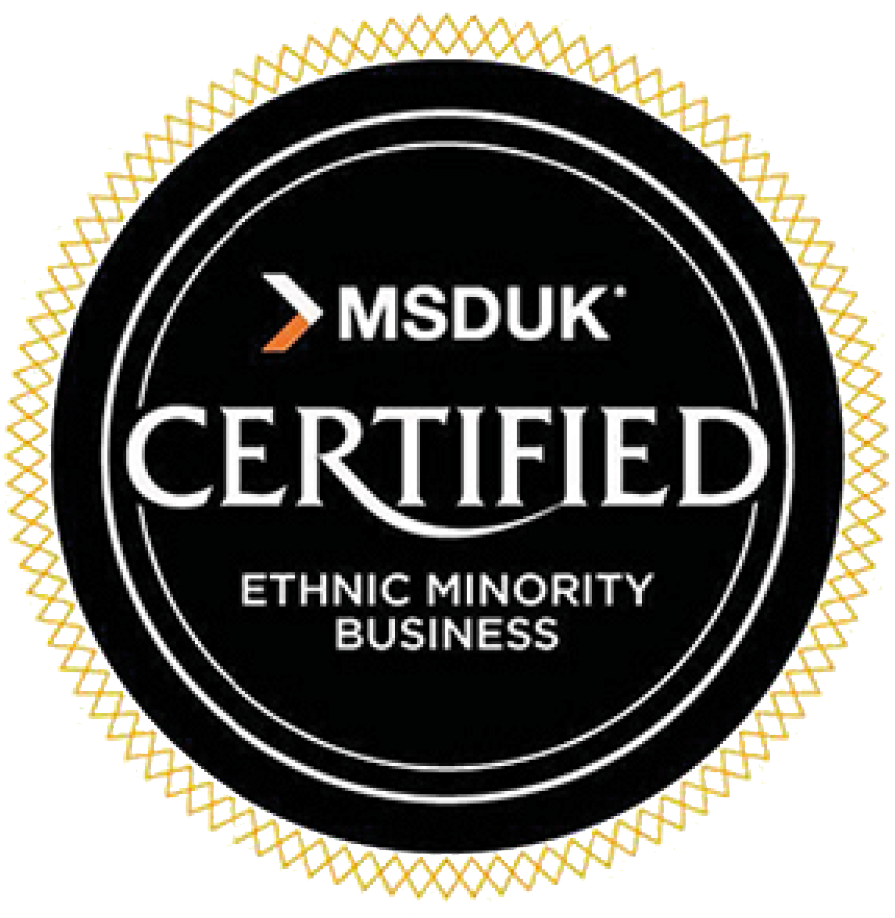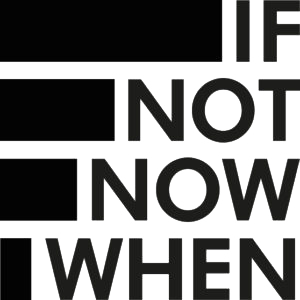INvolve’s Managing Director Justin Firth and Marketing & Communications Manager Neha Vyas discuss whether cultural differences may see some employees less likely to self-promote and the role of managers and allies in advocating for others.
Self-promotion and advocating for oneself are attributes that business leaders really value in their employees. It can suggest an enthusiasm for a particular job or project and displays a real concerted effort by an individual to enhance their own career development. ‘Being seen’ in the workplace and being vocal about personal achievements is a great way to showcase ability, but can a perceived bias towards those who are generally louder and prouder about their work detrimentally impact those who are less vocal, but by no means less confident, capable or competent?
And more specifically, what is the role of cultural differences in self-promotion that business leaders need to be aware of to ensure fairness in promotion and opportunities in the workplace?
While it doesn’t wholly determine or define how likely a person might be to promote themselves, cultural differences can play a significant role in how much someone may lean into the concept. Different cultures have values and belief systems about modesty, individualism and self-promotion which can influence how comfortable people are with promoting and celebrating their own achievements.
For instance, in individualistic cultures people tend to be more forthcoming when it comes to promoting themselves and their accomplishments, and this is generally encouraged and even expected. However, where collectivist cultures predominantly exist, promoting oneself can be viewed as detrimental to group harmony and goes against social norms. Instead, people from collective cultures tend to highlight their accomplishments as a team or a group effort, focusing on the collective and on collaboration more broadly.
While these are broad cultural trends, there are also specific examples where identity and intersectionality can affect the chances of self-advocacy. For example, we know that the ‘Angry Black Woman’ stereotype unfairly dismisses Black women in the workplace who do advocate for themselves and challenge policies and processes that aren’t working. The intersection of race and gender here can impact self-promotion and a person’s willingness to put themselves forward if their attempts have been met with negative feedback before.
With a growing focus on diversity and inclusion in business, it’s important for allies and leaders to be cognizant of cultural differences that will likely exist within their workplace. Thinking globally when it comes to managing, promoting and advocating for employees is key to ensure that everyone within a business has an opportunity to achieve career success and not those who are, historically, more likely to propel themselves forward and be expected to do so.
So what does this advocacy look like?
And what role does a manager and ally play in advocating for others?
It is all too often made the responsibility of diverse individuals to do the hard work to get equal opportunities for career progression. For many this can include ‘retraining’ themselves away from a natural tendency not to self-advocate, as well as learn strategies to overcome feelings of being an imposter in the room.
However in an inclusive workplace, the responsibility to address biases should never lie with the individual. Instead, it falls to the organization to ensure biases are removed and a level playing field is created; a change which not only benefits employees, but also the organization itself as the best talent can rise to the top and more diverse teams come to inform decision making.
As advocates, people managers can take actions which can help achieve these aims. At the leadership level, it should be frequently questioned how promotion decisions are being made within the business. Introducing frameworks which outline clear KPIs and criteria to inform progression decisions is more likely to focus decision makers on objective assessment of work, rather than who has been self-advocating. Asking managers to justify their promotion selections can also allow the questioning of potential bias, and ensure all suitable employees were fairly considered. Trainings which help managers recognize and address their biases can also help. It is not just affinity bias that comes into play here, but biases such as proximity bias which in a hybrid set-up can favour employees who come to the office on the same days as their managers.
Many managers will call themselves advocates for diversity, but that title comes with a responsibility to take personal action in addressing inequity. One simple starting point is to analyze who you spend your time and attention with as a team manager. It can be very easy to spend the greater time with those who demand it, but in doing so it can be easy to neglect those quietly working effectively in the background and lose visibility on their good work and skillset. Likewise, when it comes to selecting participants for projects or any initiative that will increase visibility within the organization, not limiting opportunity to your go-to “safe hands” and putting diversity (in any form) into the mix can raise the profile of alternative team members as well as potentially improve project outcomes. Such actions can become the beginning of a purposeful approach to sponsorship. It is commonly quoted that diverse talent can be “overly mentored, and under sponsored”. This shouldn’t diminish the value that mentorship can offer, but it does point to the fact that real change takes more. Leaders and managers sometimes don’t appreciate the power they have to open career doors for others, and if they do realise that power then it is often (unconsciously) gifted to someone who fits their own mould or self-advocates most effectively. Finding the real talent that works within your sphere – regardless of background and workstyle – and advocating on their behalf turns sponsorship into a purposeful and valuable exercise which can have direct impact on leadership diversity.




